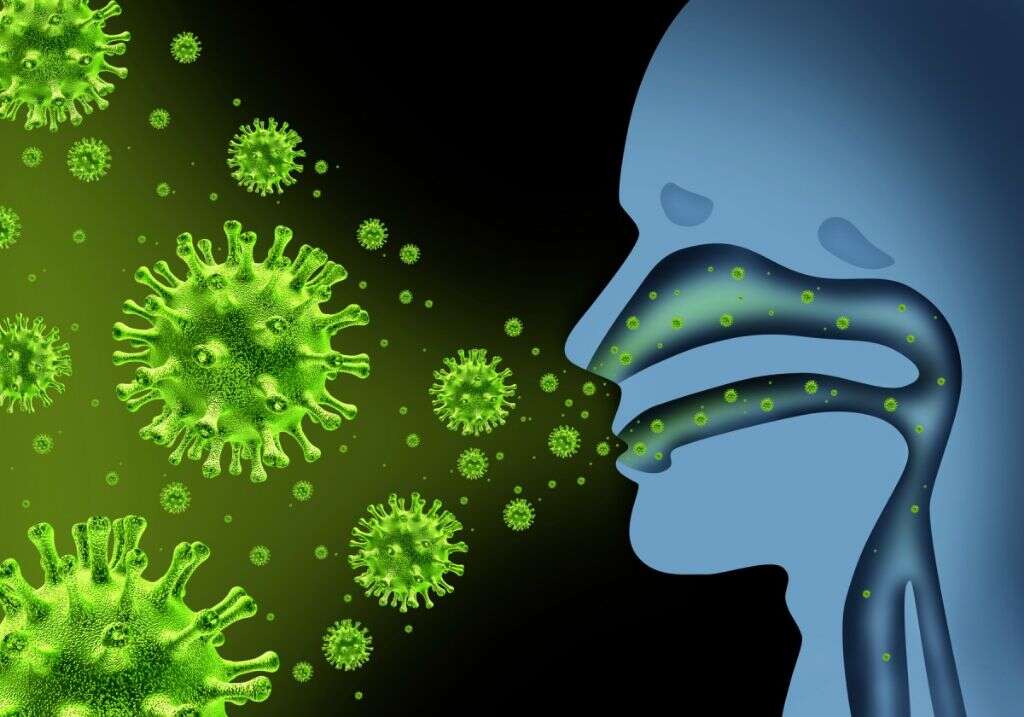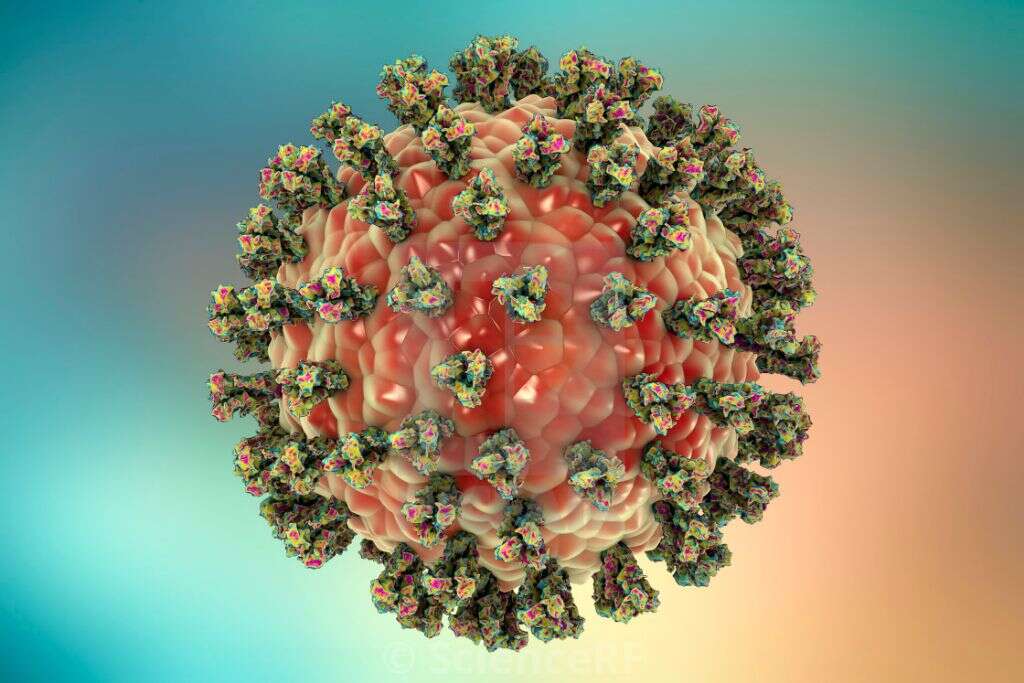10 Tonsillitis Causes
Falling ill is very much a part of life, and very few people are fortunate enough to never fall sick. In the vast majority of cases, however, the disease will only be very mild. The patient will often be back on their feet within a couple of weeks, often sooner. Some can be serious, however, so we still need to be careful.
Some diseases are more common than others and it is almost inevitable that you will catch certain types at least once in your life. One example of a common disease is tonsillitis, which can be painful but is usually still harmless. There are a number of potential causes of the disease.

1. Tonsils
The tonsils are fleshy masses that are located in our mouths. For people that still have them, their tonsils are visible on either side of the mouth at the back. They play a role in our immune systems to help keep us safe from disease, although we rely on them less as we get older.
The tonsils act almost like a trap that helps to prevent pathogens from entering further into our body. Once trapped, the pathogens are then processed, rendering them unable to do us harm. Despite having evolved to protect us from pathogens, however, the tonsils are prone to becoming infected themselves.

2. Tonsillitis
When our tonsils become infected, they can become rather inflamed. This is a condition commonly known as tonsillitis. It can be a very painful condition that makes it difficult for the patient to eat and drink. Thankfully, tonsillitis in itself is not a dangerous condition and will pass without having done any permanent damage.
In addition to pain, other symptoms of tonsillitis include the tonsils being red and swollen. What’s more is that white/yellow areas of pus are likely to be clearly visible on the tonsils. There are several potential causes of the condition, some of which are rather common.

3. Streptococcus
Streptococcus is a commonly encountered bacterium that is responsible for causing strep throat, among other things. Strep throat itself is a disease that usually affects children, although the disease can affect adults as well. Typical symptoms include red spots at the back of the mouth, fever, headache, a rash, body aches, and tonsillitis.
Strep throat is not usually a dangerous condition and it is relatively easy to treat with antibiotics. It is important that it is treated however, because it can go on to cause potentially severe complications. These include inflammation of the kidneys, rheumatic fever, and scarlet fever.

4. Influenza Virus
The influenza virus is another common virus that most people will contract at some point. It is responsible for causing the flu, which infects countless people worldwide every year. Typical symptoms of the flu include a fever, chills, aching muscles and joints, headaches, and tonsillitis.
The influenza virus is a seasonal disease and it is recommended that vulnerable people get flu shots as the season approaches. While it is a mild disease, it still kills around 600,000 people each year on account of it infecting so many people. It can be risky to vulnerable people, particularly the aged, and people at risk should take precautions.

5. Adenoviruses
Adenoviruses are a large family of viruses, and also very common. When they infect us, they can cause a range of illnesses, one of which is the common cold. Symptoms typically include a fever, runny nose, cough, pharyngitis, and tonsillitis. The symptoms are usually only mild and the patient will begin to feel better in just a few days or so.
Adenoviruses can also cause some other diseases like bladder infections, gastroenteritis, eye infections, encephalitis, and meningitis. These cases are thankfully very rare, however, and patients with an adenovirus infection will go on to make a full recovery the vast majority of the time.

6. Epstein-Barr Virus
The Epstein-Barr virus is another pathogen that many people will have encountered. It causes a disease often known as the kissing disease because of the way it is transmitted through saliva. It is also known as ‘mono’, which is the shortened version of mononucleosis. The kissing disease is common in teenagers especially, but it can affect people of all ages.
The Epstein-Barr virus is not usually dangerous, and will usually only cause symptoms that are similar to the cold or the flu. Treatment usually means having the patient get plenty of rest and take on lots of fluids. Serious complications can occur in a very small number of cases, however.

7. Herpes Simplex Virus
There are many types of the herpes simplex virus. The most commonly known ones will causes oral or genital symptoms. The symptoms typically include blisters and sores, as well as other symptoms like fever, and aches and pains. There is no cure for the virus, and the patient will find that symptoms return from time to time.
The herpes simplex virus will also cause tonsillitis in a small number of cases. In addition to the typical symptoms of tonsillitis, the HSV virus can also cause sores and blisters to form on the tonsils. It is a very contagious disease but it will not be serious in the majority of cases.

8. Parainfluenza Viruses
Despite similarities in the name, the parainfluenza virus is not related to the influenza virus. There are four types of parainfluenza virus, each of which can cause different disease and symptoms. They all cause respiratory infections, and the symptoms can range from being mild, to being severe.
Parainfluenza viruses can cause croup, which causes a cough, hoarse voice, fever, and other symptoms similar to a cold. It is also sometimes responsible for cases of pneumonia, and it can also sometimes cause bronchitis. Most people with a parainfluenza virus will make a full recovery, but those with a weakened immune system are at risk.

9. Enteroviruses
Enteroviruses are another common group of viruses that can cause tonsillitis. They are spread when an infected person coughs and sneezes etc. It can be contracted directly, and it can also be caught by coming into contact with contaminated surfaces. Symptoms caused by the virus are usually similar to a cold.
The symptoms caused are usually only very mild and, in many cases, the patient will show no symptoms at all. They will still be contagious regardless of symptoms, however. While the symptoms are usually only mild, the virus can cause severe breathing problems in a very small number of cases.

10. Treatment
Treatment for tonsillitis will depend on exactly what is causing it, although treatment is often not considered to be necessary. If it is caused by a bacterial infection then antibiotics can be prescribed. Antibiotics are often prescribed in such cases to help cure the infection, and to prevent it from spreading elsewhere.
In cases of viral infections, the infection itself will usually not be treated. In all cases, the patient will be asked to get plenty of rest and take on lots of fluids. Treatments are also available that will help to treat the symptoms and make the patient feel more comfortable. Antiviral medication may be considered in the more severe cases.












